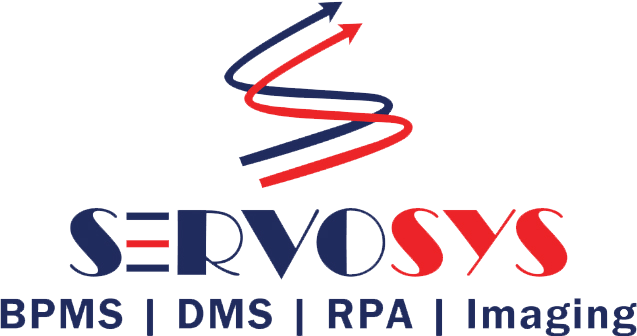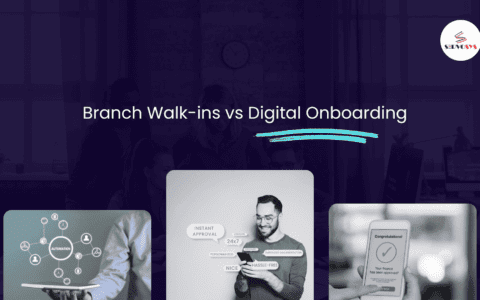
What is Business Workflow Automation? Its life cycle, importance, and examples
With platforms like BPMS (Business Process Management System) the process workflow can be automated by replacing the human executers with their machines counterparts. Here, the machine (hardware or software) executes tasks of a process without any human intervention in a fully or partially automated manner.
Typically, the life cycle of a business process workflow starts with the creation of the process workflow, followed by its deployment on a BPMS platform. For example, on the BPMS platform, business processes, such as lending, customer onboarding, accounts payables, receivables, etc. can be deployed. Post-deployment, other steps of its life cycle are:
- Application Configuration
- UI Development
- Integration with other lines of business applications and 3rd party services
- Monitoring and change management
- Continuous improvement of the deployed business process is the further stage of its life cycle.
Once the workflow of the business process has been operationalized, it needs frequent changes to meet the fast-changing business requirements which is also an integral part of the workflow automation life cycle.
- Business Rule Engine or BRE
- Third-party application connectors
- Master Database Management System
- Dashboard or Business Activity Monitoring Module
- Built-in DMS
- Mobile imaging, and others.
These modules in tandem, automate the business process workflow. The BRE can be configured with the business process rules that will guide the application to perform a task basis the data received in it either by the user or from other connected applications or 3rd party services.
With the automation of the process workflow, process-related tasks are completed automatically and the business user doesn’t require to worry about the completion of the task. As a result, the companies can focus on further growth of the business and capture more market share.
Since machines are at work, issues such as limited work hours capacity, speed, human error, performance monitoring, etc. like challenges are non-existent in the case of process workflow automation. With automation, each task is being completed at a much faster speed without any drop in performance and human errors. Also, quality and compliance can be managed in a much better way.
Let’s take one banking process – Credit Card Issuance. As a bank has already defined workflow or a set of steps or tasks (lead origination, pre-screening, documentation, limit assessment, approval, virtual card generation) to complete the credit card issuance process. To complete this process, the following things will be required:
- A process workflow (for credit card issuance) created using process modeling tools
- Deployment of the workflow on the BPMS platform along with the basic configuration of the database
- UI Development
- User and Group creation
- Integration with internal (CRM, HRMS, CBS, LMS) and external (UIDAI, NSDL, Credit Bureau, AML) APIs Services.
Once all these steps have been completed, the processing of an application for credit card issuance can be started. How?
- CRM will pass leads to BPMS-based applications or LOS
- LOS will pass this application to the relevant users with other details such as Name, Contact number, PAN, Aadhaar, etc.
- User RM, then, will review it and asks for certain documents based on the system-generated checklist.
- Once the required documents are received, the LOS will analyze banking and Bureau data, income, etc., and will generate a scorecard.
- BRE based on the scorecard will show the offers and other benefits of the available credit card for the customer
If the customer accepts the offers and agrees to the T&C, virtual credit will be offered.
Now, you see in the above example, how workflow automation is managing the most part of the credit card issuance journey with minimal human intervention. That’s exactly the benefit of process workflow automation.



